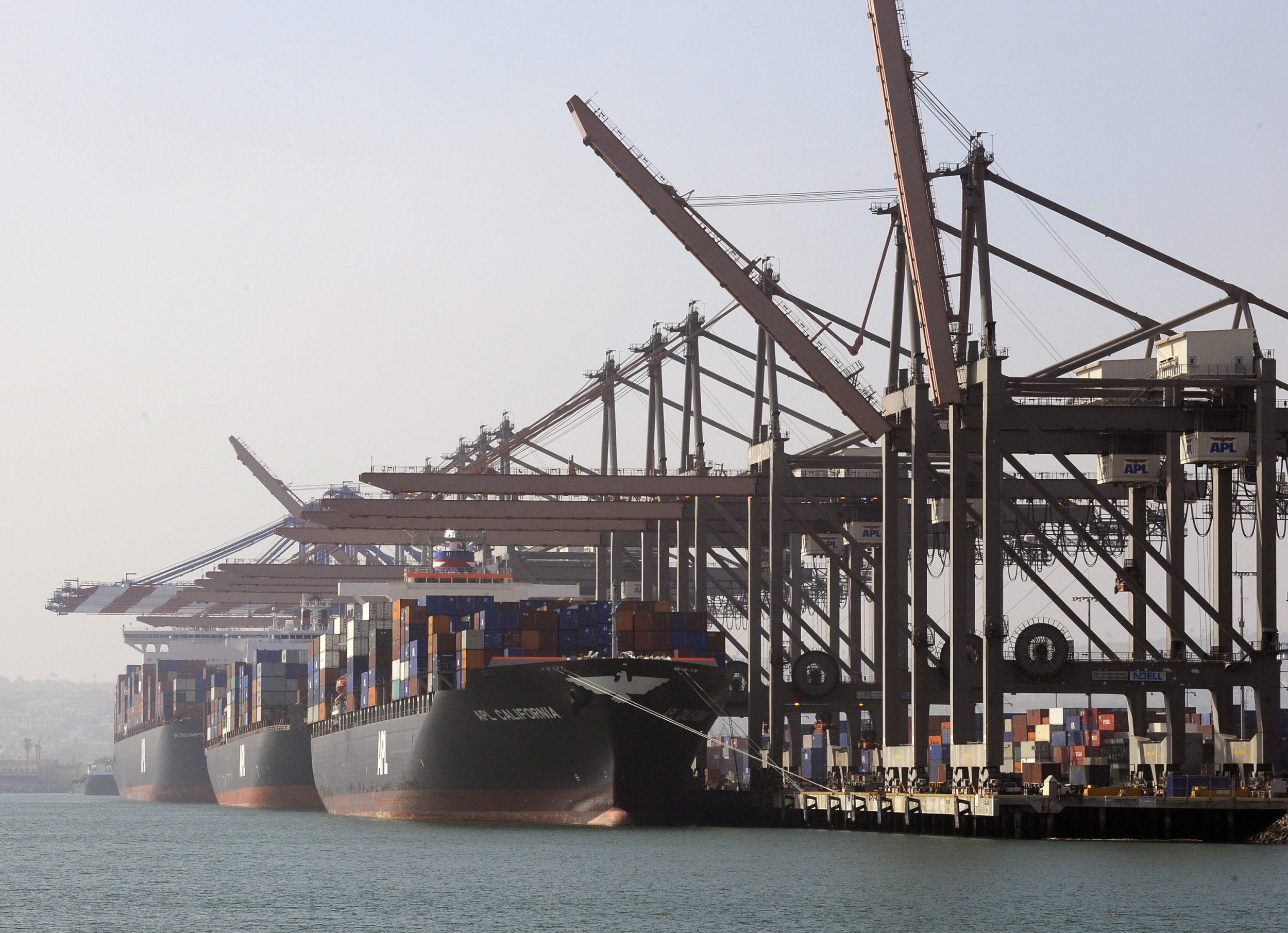
Air pollution is an insidious thing. The particulate matter that streams out of tailpipes and power plants contains an extensive list of contaminants—everything from carcinogens to endocrine-disrupting compounds—in addition to the tiny specks of soot we've come to associate with the higher rates of asthma and other respiratory disorders seen in populations that live near major highways or industrial facilities. Basically, every part of it is bad for you, and researchers just found two more toxins to add to the list: nickel and vanadium.
According to as-yet-unpublished research that is being presented Tuesday at the American Thoracic Society's 2016 international conference, the nickel and vanadium found in the exceptionally fine-grained class of air pollution called PM2.5 damages children's developing lungs. And in Southern California, where the research was conducted, these toxins mainly appear in the air pollution that comes from shipping vessels.
Because their diameter is so small (2.5 microns, or 1/120th the width of a strand of human hair), PM2.5 particles are known to make their way down into the farthest reaches of the lungs and even slip into the bloodstream. Previous research has shown that when a woman is exposed to PM2.5 in pregnancy, the particles can reach her fetus, whose lungs may grow fewer alveoli, the grape-like clusters in which air is taken and oxygen is separated and diffused to the blood. Her baby, then, may be born with diminished lung capacity, or a greater proclivity toward asthma. (Also, because evidence suggests that lungs continue to develop until we're about 25 years old, air pollution may work to stunt alveoli development the entire time.)

For this latest research, Robert Urman, a researcher from the University of Southern California, and his co-authors assessed health records from 1,911 elementary school children from various communities in Southern California. Among them, the highest levels of nickel and vanadium in the air were found in Long Beach, California, where cargo chips and other vessels burn fuel oil while leaving and entering the ports of Long Beach and Los Angeles, which combined is the largest seaport in the United States.
"When we analyzed the data, we found that teenaged children in the most polluted communities had an estimated decrease of approximately four percent in their lung function compared to similar children in the least polluted communities," Urman said in a statement.
A large-scale study last year found that when air pollution is reduced, children's lung function improves significantly in the surrounding community. "The National Ambient Air Quality Standards currently regulate PM2.5 mass as a whole," Urman says, but he adds that more research is needed to understand what components of air pollution are particularly bad for children's lungs, so risk assessments and regulations can be tailored to target them. "If we could establish a link between these components and health-related outcomes, then more targeted regulations could be enacted to better protect the health of the general population."
A previous version of this article incorrectly stated that PM2.5 particles have a diameter of 10 microns; in fact, they are either 2.5 microns or smalle in diameter.
Uncommon Knowledge
Newsweek is committed to challenging conventional wisdom and finding connections in the search for common ground.
Newsweek is committed to challenging conventional wisdom and finding connections in the search for common ground.
About the writer
Zoë is a senior writer at Newsweek. She covers science, the environment, and human health. She has written for a ... Read more





